Description
Bob Teal ran a 20 ton conveyor belt with his Magnipulsion technology on a single 12 volt battery for 6 months and it never died.
Despite the poor mechanical translation from his linear solenoids to rotary motion, he still did what most would be consider to be impossible.
By hybridizing the most efficient linear to rotary method known as a Scotch Yoke used by a 1930’s patented engine, which was the most efficient in the world (and still is), with the solenoid concept, we just may be able to take Bob Teal’s results to heights that he never dreamed of.
At the 2016 Energy Science & Technology Conference, this prototype was shown simply to demonstrate how far we have come with this project as it is a collaborative effort between myself, Peter Lindemann who has the understanding of the timing mechanism, Ken Flanigan who is the master machinist and Graham Gunderson who will be designing the driver circuit. It is very rare to be able to have this calibre of expertise come together for one common project but here it is!
The full operating theory is given on this motor and why it is made the way it is. When you get a copy of this video, you will be receiving updates on the progress.
Even without overunity results, if various motor technologies would simply adopt the Scotch Yoke mechanism, that alone would take their mechanical output to levels undreamed of for the same power input.
If you search around, you will see that most people’s attempts at building a Scotch Yoke are very low quality – in this presentation, you will see an example of master craftsmanship and wait until we’re done!
This motor concept demonstrates how to get the maximum mechanical leverage at the most advantageous spot in the rotational timing cycle, which is simply impossible with conventionally designed motors. When you hear Peter Lindemann’s explanation on this, you will instantly understand the profound significance of this project.
This is a short presentation, hence it’s greatly reduced price, but it is jam-packed with priceless principles that you will not learn elsewhere.
Towards the end, I take some questions from the audience that are fairly random, but I even show how to.
Part of the 2016 Energy Science & Technology Conference series (49 mins downloadable video).

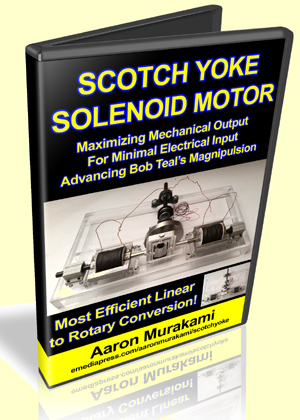
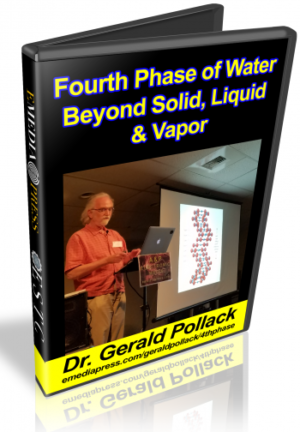
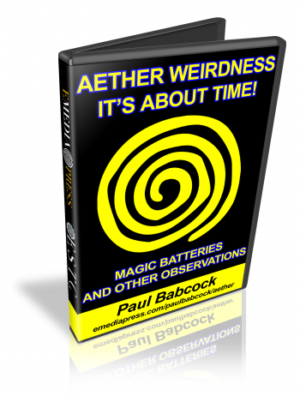
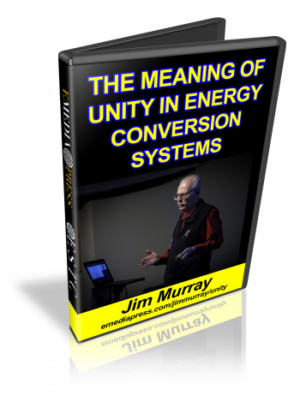


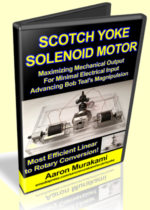
Reviews
There are no reviews yet.